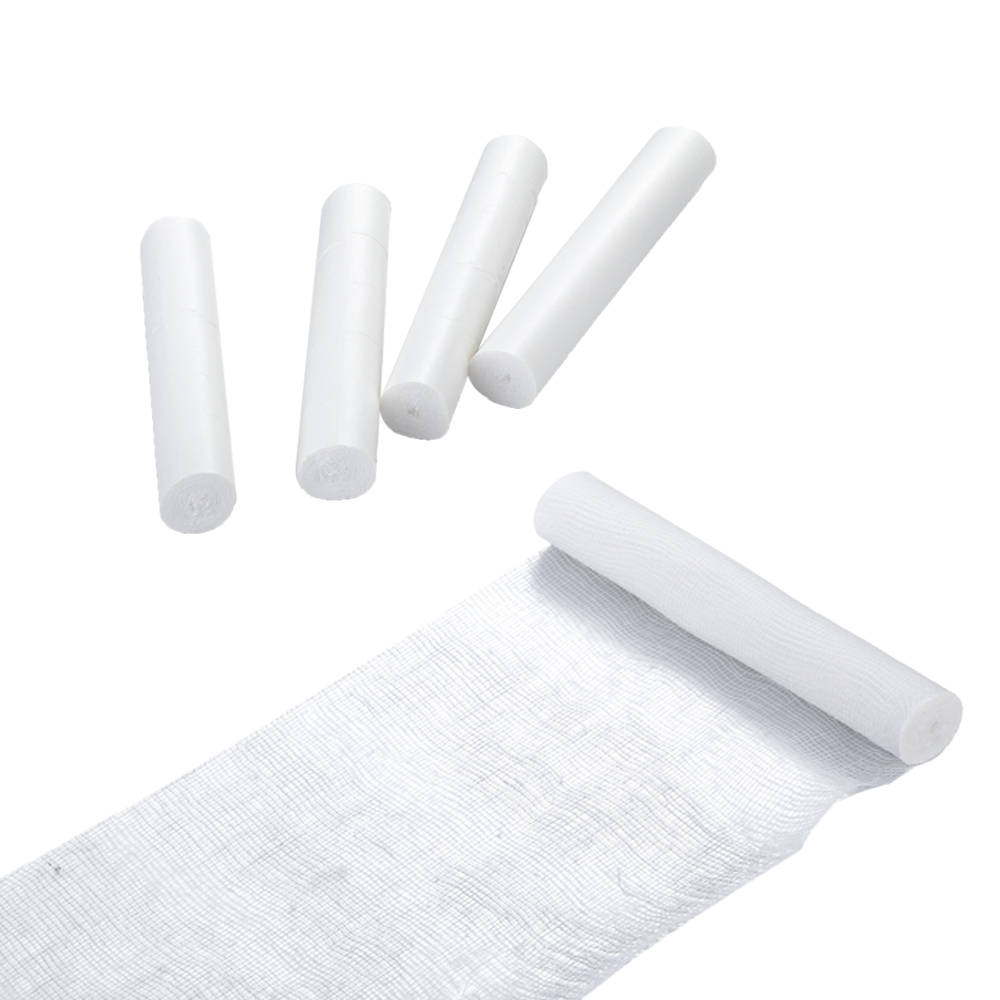An infection can occur if bacteria or other pathogens enter the wound. Symptoms include increased pain, swelling, and redness. More serious infections may cause nausea, chills, or fever. Treatment depends on the type of wound and the degree of infection.
A person can treat mild wound infections at home. However, people with severe or persistent wound infections should seek medical attention.
This article describes the prevention, recognition and treatment of infected wounds. It also covers risk factors, complications, when to see a doctor, and medications.
Infected wounds usually worsen rather than improve. Any pain, redness, and swelling usually gets worse.
Wounds become infected when bacteria enter and colonize a wound or wound. Common bacteria that can cause wound infections include:
Whether or not a person can tell if their wound is infected, the following steps should be taken:
More serious wound infections require immediate medical attention, especially if other symptoms are present, such as fever, feeling unwell, discharge, and red streaks from the wound.
Doctors can treat bacterial infections with antibiotics. A person must take a course of antibiotics to adequately treat the infection and prevent the bacteria from becoming resistant to the drug.
Some wounds may require additional treatment in addition to cleaning. If the wound is large or deep, the doctor or nurse may need stitches to close it. They can usually cover small wounds with medical glue or band-aids.
If there is dead or dirty tissue in the wound, the doctor may remove it by debridement. Sanitation should promote healing and prevent the spread of infection.
People who have been bitten by animals or have wounds caused by dirty or rusty objects may be at risk of contracting tetanus and need a tetanus shot.
Tetanus is a potentially fatal disease that occurs when certain bacteria enter the body and release toxins that affect the nerves. Symptoms of tetanus include painful muscle spasms, jaw clenching, and fever.
Cuts, scrapes, and other skin lesions can become infected when bacteria enter the wound and begin to multiply. Bacteria can come from the surrounding skin, the external environment, or the object that caused the injury.
Certain health conditions and environmental factors can also increase the risk of infection. These include:
Rarely, surgical incisions can also become infected. It occurs in about 2-4% of people who have surgery.
If a person is not treated for a wound infection, the infection can spread to other parts of the body, which can lead to serious complications, including:
Seek immediate medical attention if the wound is bleeding or if the pressure does not stop the bleeding.
Signs that the wound is not healing properly and may be infected include warmth to the touch, swelling, discharge or pus, prolonged pain or fever.
Some minor wound infections may heal on their own, but medical attention should be sought if the wound begins to ooze more, redness spreads over the area, or a fever develops.
When a person has necrotizing fasciitis, they may experience severe pain that gets worse over time and flu-like symptoms. They may also become dehydrated. People experiencing these symptoms should seek immediate medical attention. If left untreated, the wound will swell and may turn purple. Subsequently, blisters form, from which a black liquid is released. This is a sign of tissue death or necrosis. The infection can then spread beyond the original wound site and become life-threatening.
A wound infection occurs when bacteria enter a wound and multiply there. Immediate cleaning and dressing of cuts, scrapes, and other small wounds is the best way to prevent infection. However, people with larger, deeper, or more severe wounds should see a trained healthcare professional to treat the wound.
Signs and symptoms of a wound infection include increased pain, swelling, and redness around the affected area. A person can treat a mild infection of a small wound at home by repeatedly cleaning and dressing the wound.
However, more serious wound infections require immediate medical attention, especially if you have a fever, feel unwell, or discharge from the wound and red streaks.
Original Medicare usually covers wound care and supplies, but out-of-pocket charges may apply. Medicare Advantage and Medigap can also help...
Most wounds heal naturally over time, however there are steps people can take to speed up the healing process. To learn more.
Learn about the causes and symptoms of tick-borne encephalitis. This article also discusses treatment options, diagnosis, prevention, and more.
Researchers say the antibiotic nourthricin, which was abandoned decades ago due to its potential kidney toxicity, may now be useful in treating...
CD4+ T cells, or T helpers, perform many functions related to the immune system. Find out more here.
Post time: 8月-03-2023






